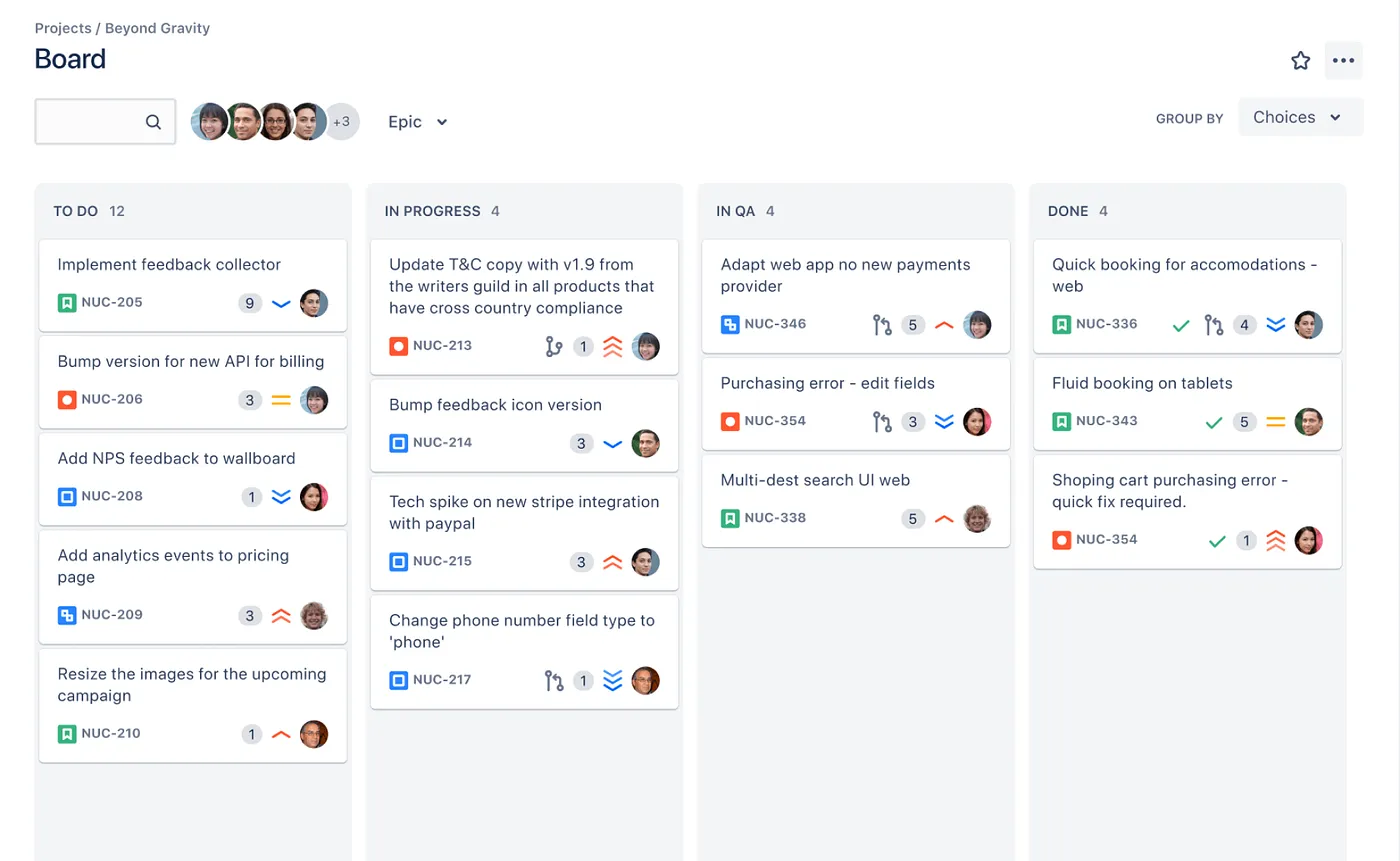~3 min read | Aug 14, 2023
As an in-house designer, I think one of the most important skills you can have, or learn, is prioritizing your workload. When working either as the lone designer, or on a team of designers, knowing how to prioritize tasks and projects is crucial, whether you are working with a project manager or not. You should also either know how long a specific kind of task will take you to complete or make a note of how long a project actually takes, so you can use that as a measure for future similar tasks.
A common scenario I experience goes something like this:
In these situations, it’s important to communicate to the team members you’re working with that there are other projects that are happening simultaneously. It’s even more important when you are the only designer on the team.
During those kickoff meetings I like to document what was discussed, as well as timelines for each project using software like Jira or Asana.

image from atlassian.com
Each project or task should have it’s own ticket. Each ticket should also have a due date attached and possibly a timeline if there are multiple milestones that need to be tracked. If you want to be extra thorough, set up a Gantt chart or Roadmap for those projects. These steps go beyond design, but when you have a clear picture of the timelines you’re working with, you’ll be better set up for meeting deadlines and success.

image from atlassian.com
Estimate how long you think each project should take to complete, including revisions. This will help you manage your time.
For example:

It might make more sense to prioritize Project “A” first, to solidify a direction early, and get feedback from stakeholders even though project “B” would take less time to complete.
Lastly, be clear and upfront with the team members you’re working with about time expectations, if you envision a timeline conflict, when they should expect to see progress from you, and if the project will be delayed.
© Beth Greenberg 2025